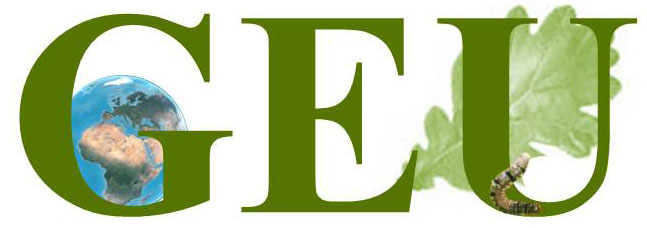
A new global analysis finds that warming temperatures will trigger the release of trillions of kilograms of carbon from the planet’s soils, driven largely by the losses of carbon in the world’s colder places.
See short video about this paper: https://youtu.be/IrKOpPJIbXA
For the past two decades, scientists have speculated that rising global temperatures may alter the ability of soils to store huge amounts of carbon. If warming accelerates the release of carbon stored in the soil, it could trigger a dangerous feedback effect that could have runaway effects on climate change. Yet, despite thousands of studies around the world, we have remained unclear about whether soil carbon storage will increase or decrease in response to warming.
Finally, a global perspective has allowed us to see past the mixed results of single-site studies to see the global patterns in this effect.
In a new study in the journal Nature, researchers find that warming will drive the loss of trillions of kg of carbon from the soil. A conservative estimate by the researchers suggest that this value will exceed 55 trillion kg by 2050.
This value would represent up to 17% on top of current anthropogenic emissions that we expect over that time.
The results are based on an analysis of soil carbon data from dozens of warming experiments conducted all over the world in the past 20 years.
Using this worldwide dataset, the researchers generated a global map of the sensitivity of soil carbon to warming, showing that carbon loss is greatest in the world’s colder places, at high latitudes, where massive stocks of carbon have built up over thousands of years and slow microbial activity has kept them relatively secure.
“Soil carbon stores are greatest in places like the Arctic and the sub-Arctic, where the soil is cold and often frozen. In those conditions microbes are less active and so carbon has been allowed to build up over many centuries,” said lead author Thomas Crowther, at the Yale School of Forestry & Environmental Studies (F&ES).
“But as you start to warm those areas, the microbes become more active, that’s when the carbon losses are likely to happen,” Crowther said. “The scary thing is, these cold regions are the places that are expected to warm the most under climate change.”
The study predicts that for one degree of warming, about 30 petagrams of soil carbon will be released into the atmosphere, or about 2-3 times as much as is emitted annually due to human-related activities. This is a sobering prospect, given that the planet is likely to warm by 2 degrees Celsius by mid-century.
Other scientists on the team include Marc Estiarte and Josep Peñuelas from CREAF, as well as collaborating researchers from more than 30 other institutions.
Marc Estiarte commented on the value of the results: “We suspected that cold regions were key because warming could potentially reverse the carbon-accumulating pressure that cold temperatures have been exerting since such a long time”
The results represent a warn because “the vulnerability of the northern soil carbon pool is a threat to the stabilization of the CO2 concentrations in the atmosphere due to the positive feedback that can unfold between climate warming and soil carbon losses to the atmosphere”, in the words of Josep Peñuelas.
Understanding these processes at a global scale is critical for our understanding of climate change. “Getting a handle on these kinds of feedbacks is essential if we’re going to make meaningful projections about future climate conditions. Only then can we generate realistic greenhouse gas emission targets that are effective at limiting climate change,” said Crowther.
More information: T. W. Crowther et al, Quantifying global soil carbon losses in response to warming, Nature (2016). DOI: 10.1038/nature20150
